AST Normal Lab Values: Understanding Aspartate Aminotransferase Test Results
What are the normal AST lab values. How is the AST test performed. What can abnormal AST levels indicate. When should you get an AST test done. How to interpret AST test results.
What is Aspartate Aminotransferase (AST) and Why is it Important?
Aspartate aminotransferase (AST) is an enzyme found in various tissues throughout the body, particularly in the liver, heart, muscles, kidneys, and brain. It plays a crucial role in amino acid metabolism. When cells in these organs are damaged, AST is released into the bloodstream, making it an important biomarker for assessing organ health, especially liver function.
AST was formerly known as serum glutamic oxaloacetic transaminase (SGOT). The AST test measures the amount of this enzyme in the blood, providing valuable insights into potential tissue damage or disease.
Why is AST Testing Important?
AST testing is important for several reasons:
- It helps detect liver damage or disease
- It can indicate heart problems, such as a heart attack
- It assists in monitoring the effectiveness of treatments for liver conditions
- It aids in differentiating between liver and other organ damage
- It helps track potential side effects of certain medications
Normal AST Lab Values: What’s Considered Healthy?
Understanding normal AST lab values is crucial for interpreting test results accurately. However, it’s important to note that the exact range for “normal” AST levels can vary slightly between laboratories and depending on factors such as age and gender.

Generally, the normal AST range for adults is:
- 0 to 40 units per liter (U/L) or
- 0.00 to 40.00 international units per liter (IU/L)
These values are typically considered optimal for healthy adults. However, it’s crucial to remember that your healthcare provider will interpret your results based on your individual health profile, considering factors such as age, sex, overall health, and any existing medical conditions.
Can AST levels vary in different populations?
Yes, AST levels can vary among different populations. For instance:
- Men may have slightly higher AST levels than women
- Children and adolescents might have higher AST levels due to growth and development
- Pregnant women may show altered AST levels
- Athletes or individuals who engage in intense physical activity might have elevated AST levels due to muscle strain
How is the AST Test Performed?
The AST test is a simple blood test that can be done in a healthcare setting or laboratory. Here’s what you can expect during the procedure:

- A healthcare professional will clean an area on your arm with an antiseptic.
- They will wrap an elastic band around your upper arm to make your veins more visible.
- A needle will be inserted into a vein to draw a small amount of blood.
- The blood sample is collected in a vial or tube.
- The needle is removed, and a small bandage is applied to the puncture site.
The entire process typically takes only a few minutes. The blood sample is then sent to a laboratory for analysis, with results usually available within 12 hours.
Do I need to prepare for an AST test?
In most cases, no special preparation is required for an AST test. However, your healthcare provider might give you specific instructions based on your individual circumstances. It’s always best to confirm with your doctor if any preparation is needed before the test.
What Can Abnormal AST Levels Indicate?
Abnormal AST levels, particularly elevated levels, can be indicative of various health issues. It’s important to note that AST levels alone are not diagnostic of any specific condition and should be interpreted in conjunction with other tests and clinical findings.
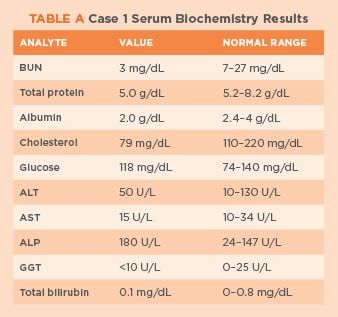
High AST Levels
Elevated AST levels may suggest:
- Liver damage or disease (e.g., hepatitis, cirrhosis)
- Heart problems (e.g., heart attack, heart failure)
- Muscle damage or disease
- Certain medications (e.g., statins, antibiotics)
- Excessive alcohol consumption
- Mononucleosis
- Some types of cancer
Low AST Levels
While less common, low AST levels can occasionally be a concern. They might indicate:
- Vitamin B6 deficiency
- Chronic kidney disease
- Pregnancy
It’s crucial to remember that abnormal AST levels should always be interpreted by a healthcare professional in the context of your overall health and other test results.
When Should You Get an AST Test Done?
An AST test may be recommended in various situations. Your healthcare provider might order this test if:
- You’re experiencing symptoms of liver disease (e.g., jaundice, abdominal pain, nausea)
- You have a history of liver disease or are at high risk for liver problems
- You’re taking medications that can potentially affect liver function
- You consume alcohol heavily
- You’re being evaluated for heart-related symptoms
- As part of a routine health check-up
How often should AST levels be checked?
The frequency of AST testing depends on individual circumstances. For people with no known liver issues, AST might be checked as part of an annual physical. Those with liver conditions or on certain medications might need more frequent testing, as determined by their healthcare provider.
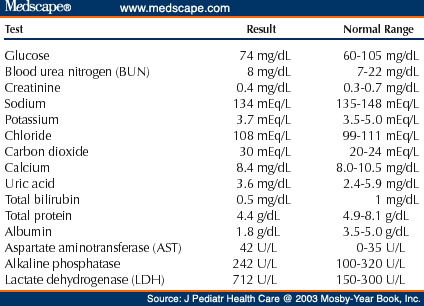
Interpreting AST Test Results: What Do They Mean?
Interpreting AST test results requires considering multiple factors. While the numerical value is important, it’s not the only consideration. Here’s what you need to know:
Normal AST Results
If your AST results fall within the normal range (typically 0-40 U/L), it generally indicates that your liver and other organs are functioning well. However, normal results don’t completely rule out all possible health issues.
Elevated AST Results
Elevated AST levels can indicate various conditions:
- Mild elevation (1-3 times normal): Could suggest mild liver damage, certain medications, or recent strenuous exercise
- Moderate elevation (3-20 times normal): Might indicate viral hepatitis, alcoholic liver disease, or heart problems
- Severe elevation (>20 times normal): Could suggest severe liver damage, such as from drug toxicity or acute viral hepatitis
AST/ALT Ratio
The ratio of AST to another liver enzyme, alanine aminotransferase (ALT), can provide additional insights:

- AST/ALT ratio > 2: May suggest alcoholic liver disease
- AST/ALT ratio < 1: More common in viral hepatitis
Remember, interpretation of AST results should always be done by a healthcare professional who can consider your complete health picture.
Managing Abnormal AST Levels: Treatment and Lifestyle Changes
If your AST levels are abnormal, your healthcare provider will work with you to determine the underlying cause and develop an appropriate management plan. This may involve:
Medical Treatments
- Treating underlying liver diseases (e.g., antiviral medications for hepatitis)
- Adjusting or changing medications that might be affecting liver function
- Managing other health conditions that could be impacting AST levels
Lifestyle Changes
Depending on the cause of abnormal AST levels, your doctor might recommend lifestyle modifications such as:
- Reducing or eliminating alcohol consumption
- Adopting a liver-friendly diet rich in fruits, vegetables, and whole grains
- Maintaining a healthy weight
- Regular exercise (under medical guidance)
- Avoiding exposure to toxins that can damage the liver
It’s crucial to follow your healthcare provider’s recommendations and attend follow-up appointments to monitor your AST levels and overall health.

AST Test: Limitations and Considerations
While the AST test is a valuable diagnostic tool, it’s important to understand its limitations:
- AST is not specific to the liver and can be elevated due to damage in other organs
- Some medications and supplements can affect AST levels
- Intense physical activity can temporarily elevate AST levels
- AST levels don’t always correlate directly with the severity of liver damage
- Normal AST levels don’t definitively rule out all liver issues
Due to these factors, AST is typically used in conjunction with other liver function tests and clinical assessments for a comprehensive evaluation of liver health.
Are there alternatives to the AST test?
While the AST test is valuable, it’s often part of a broader liver function panel. Other tests that might be used alongside or instead of AST include:
- Alanine aminotransferase (ALT)
- Alkaline phosphatase (ALP)
- Gamma-glutamyl transferase (GGT)
- Bilirubin
- Albumin
- Prothrombin time
Your healthcare provider will determine the most appropriate tests based on your individual health situation.

Aspartate Aminotransferase (AST) Test | HealthLink BC
Topic Contents
- Test Overview
- Why It Is Done
- How To Prepare
- How It Is Done
- How It Feels
- Risks
- Results
- Related Information
- Credits
Test Overview
An aspartate aminotransferase (AST) test measures the amount of this enzyme in the blood. AST is normally found in red blood cells, liver, heart, muscle tissue, pancreas, and kidneys. AST formerly was called serum glutamic oxaloacetic transaminase (SGOT).
Low levels of AST are normally found in the blood. When body tissue or an organ such as the heart or liver is diseased or damaged, additional AST is released into the bloodstream. The amount of AST in the blood is directly related to the extent of the tissue damage. After severe damage, AST levels rise in 6 to 10 hours and remain high for about 4 days.
The AST test may be done at the same time as a test for alanine aminotransferase, or ALT. The ratio of AST to ALT sometimes can help determine whether the liver or another organ has been damaged. Both ALT and AST levels can test for liver damage.
Why It Is Done
This test is done to:
- Check for liver damage.
- Help look for liver disease, such as hepatitis. Liver disease may cause symptoms. These may include pain in the upper belly, nausea, vomiting, and sometimes jaundice.
- Check to see how well treatment for liver disease is working.
- Find out if jaundice was caused by a blood disorder or liver disease.
- Keep track of the effects of cholesterol-lowering medicines and other medicines that can damage the liver.
How To Prepare
In general, there’s nothing you have to do before this test, unless your doctor tells you to.
How It Is Done
A health professional uses a needle to take a blood sample, usually from the arm.
How long the test takes
The test will take a few minutes.
How It Feels
When a blood sample is taken, you may feel nothing at all from the needle. Or you might feel a quick sting or pinch.
Risks
There is very little chance of having a problem from this test. When a blood sample is taken, a small bruise may form at the site.
Results
Each lab has a different range for what’s normal.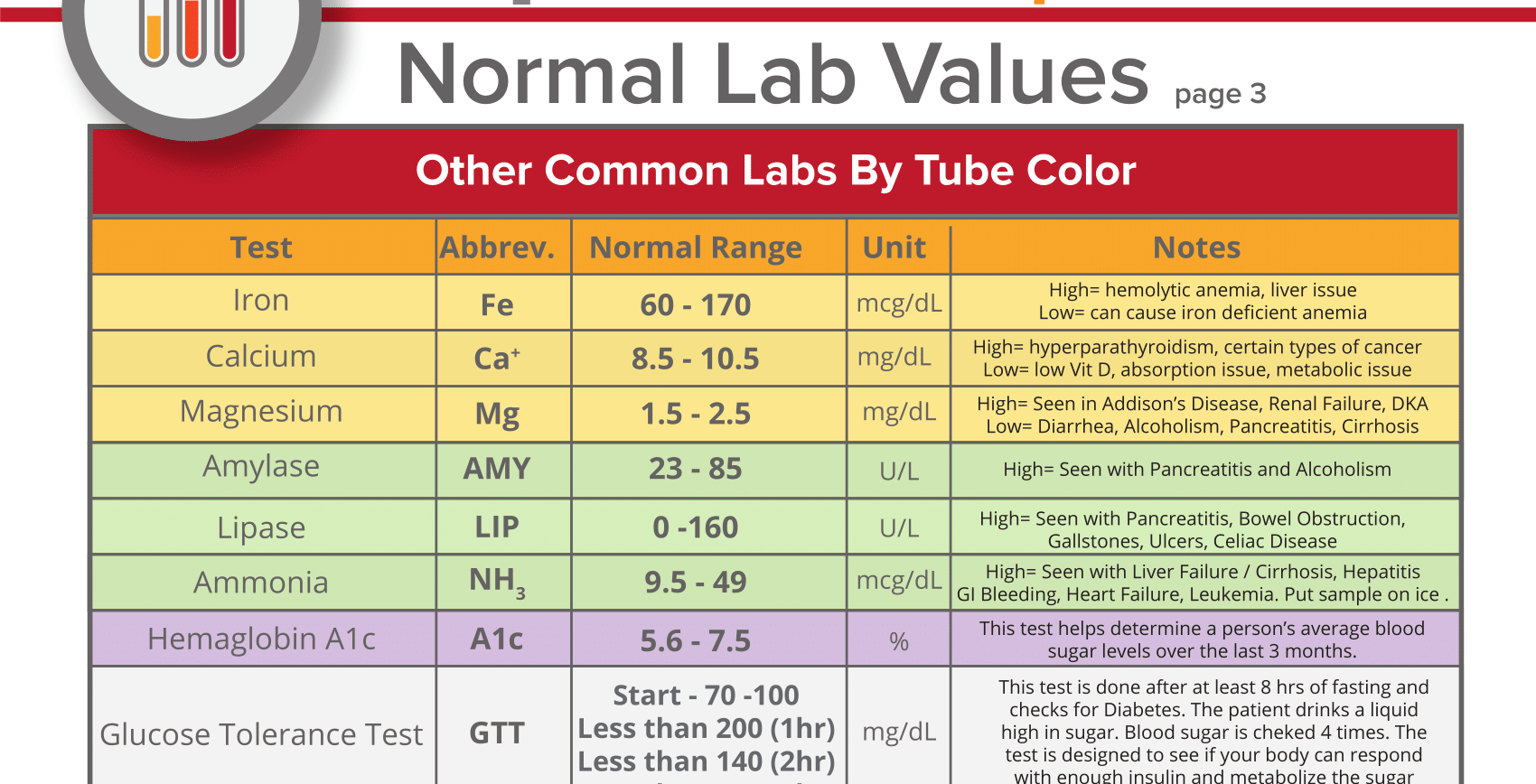 Your lab report should show the range that your lab uses for each test. The normal range is just a guide. Your doctor will also look at your results based on your age, health, and other factors. A value that isn’t in the normal range may still be normal for you.
Your lab report should show the range that your lab uses for each test. The normal range is just a guide. Your doctor will also look at your results based on your age, health, and other factors. A value that isn’t in the normal range may still be normal for you.
Results are usually available within 12 hours.
High values
High levels of AST may be caused by:
- Liver damage from conditions such as hepatitis or cirrhosis.
- A heart attack or heart failure.
- Many medicines, such as statins, antibiotics, chemotherapy, aspirin, opioids, and barbiturates.
- Very strenuous exercise or severe injury to a muscle.
- High doses of vitamin A.
- Kidney or lung damage.
- Mononucleosis.
- Some types of cancer.

Credits
About This Page
General Feedback
Email Link
Physical Activity Services
We appreciate your feedback. Comments submitted through the form below can help us fix errors in page content, get rid of interface bugs, and update the HealthLinkBC website to better suit the needs of the people who use it.
To submit feedback about this web page, please enter your comments, suggestions, compliments or questions in the form below. To submit general feedback about the HealthLink BC website, please click on the General Feedback tab.
Page
Content
Functionality
Message:
Your name:
Your email:
To submit general feedback about the HealthLink BC website, please enter your comments, suggestions, compliments or questions in the form below. To submit feedback about a specific web page, please click on the About This Page tab.
To submit feedback about a specific web page, please click on the About This Page tab.
Please note that we are unable to provide general health information or advice about symptoms by email. For general health information or symptom advice, please call us at 8-1-1 any time of the day or night.
For questions about food and nutrition, please click on Email a HealthLinkBC Dietitian.
What is your message about?
— Select –8-1-1 Telephone ServicesBC Health Service Locater AppBrand Name Food List (BNFL)Website ContentTechnical ProblemsPrint media requirements / Web buttonsOther
Message:
Your name:
Your email:
Aspartate-aminotransferase (AST, SGOT) – Lab Results explained
Optimal Result:
0 – 40 U/L,
or
0.00 – 40.00 IU/L.
Similar to ALT (alanine-aminotransferase), aspartate-aminotransferase (AST) is an enzyme found in the liver, heart, kidneys, brain, and skeletal muscles.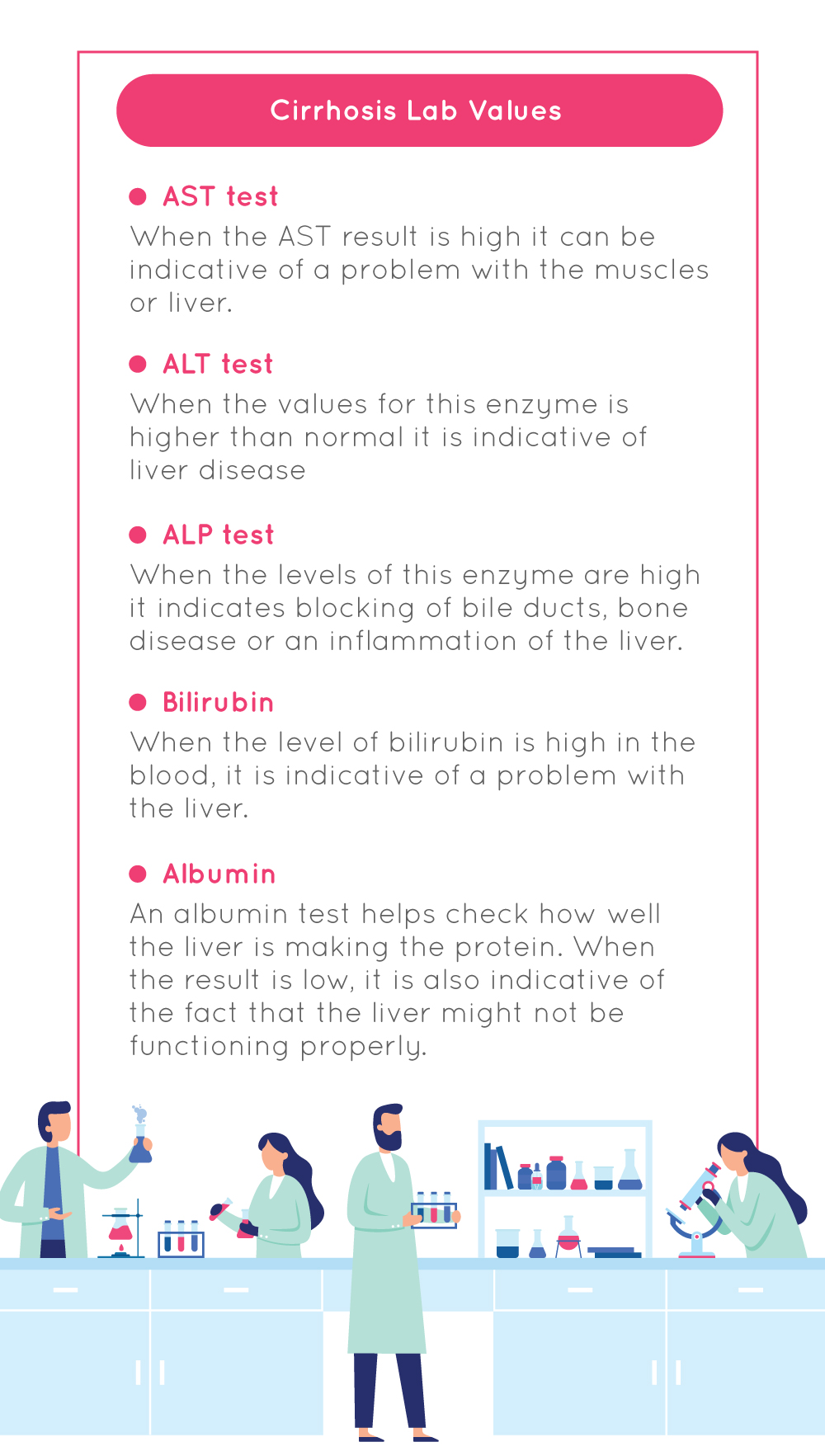 It functions as a critical component of amino acid metabolism in our bodies. Low levels of AST are typically found in the human blood stream; however, when tissue in organs (such as, the heart or liver) has been damaged they release an excess of AST into the blood. This spike in AST level peaks in 6-10 hours after the injury and persists for up to four days. AST and ALT serve similar functions in our bodies, and as such the tests for both are often ordered together to make a more concise diagnosis about the cause of liver, heart, or kidney damage.
It functions as a critical component of amino acid metabolism in our bodies. Low levels of AST are typically found in the human blood stream; however, when tissue in organs (such as, the heart or liver) has been damaged they release an excess of AST into the blood. This spike in AST level peaks in 6-10 hours after the injury and persists for up to four days. AST and ALT serve similar functions in our bodies, and as such the tests for both are often ordered together to make a more concise diagnosis about the cause of liver, heart, or kidney damage.
Normal Ranges in U/L:
Males: 14-20
Females: 10-36
What does it mean if your Aspartate-aminotransferase (AST, SGOT) result is too low?
Low levels of AST are common and in normal in the human body. An AST score that is two to three times higher than normal is considered mildly elevated.
What does it mean if your Aspartate-aminotransferase (AST, SGOT) result is too high?
Most commonly, an elevated AST level is a sign of liver disease. Symptoms of liver disease include:
Symptoms of liver disease include:
– Jaundice (yellow skin / eyes)
– Fatigue
– Unexpected weight loss
– Swelling around the eyes, stomach, or legs
High levels of AST in the blood may also indicate cirrhosis, hepatitis, pancreatitis, some types of cancer, use of drugs that are toxic to the liver (including: antibiotics, chemotherapy, aspirin, narcotics, and barbiturates), or heart attack / heart failure.
It is worth noting that pregnancy and vigorous exercise are known to cause an increase in AST levels.
10 000+
happy customers
100%
satisfaction
★ ★ ★ ★ ★
customer support
Upload Your Personal Results
Upload Personal Results
For professional account plans go here
for professional account plans go here
1-year plan
Own it for life
Monthly plan
- Subscription
- Data entry service included
Data entry service
Our exclusive data entry service is a convenient way to get your results into your private dashboard.
 Simply attach an image or a file of your lab test results, and one of our qualified data entry team members will add the results for you. We support all sorts of files, whether PDFs, JPGs, or Excel. This service is excellent whether you have a lot of reports to upload or are too busy to do the data entry yourself.
Simply attach an image or a file of your lab test results, and one of our qualified data entry team members will add the results for you. We support all sorts of files, whether PDFs, JPGs, or Excel. This service is excellent whether you have a lot of reports to upload or are too busy to do the data entry yourself. - Instant interpretation
- Use free data entry form
Free data entry form
We strive to make the data entry process easy for you. Whether by offering dozens of templates to choose from that pre-populate the most popular laboratory panels or by giving you instant feedback on the entered values.
Our data entry forms are an easy, fast, and convenient way to enter the reports yourself. There is no limit on how many lab reports you can upload. - 4000+ biomarkers explained
- Nutrition recommendations
- Cancel anytime
Best deal
- yearly
- 5 reports free
- ✓ Instant interpretations
- ✓ 4000+ biomarkers explained
- ✓ Nutrition recommendations
- ✓ We enter 5 reports for you
- ✓ Yearly subscription
- ✓ Cancel anytime
- pay once
- 10 reports free
- ✓ Instant interpretations
- ✓ 4000+ biomarkers explained
- ✓ Nutrition recommendations
- ✓ We enter 10 reports for you
- ✓ No subscription
- ✓ Dedicated support
- ✓ Unlimited access
- monthly
- $15 per report
- ✓ Instant interpretations
- ✓ 4000+ biomarkers explained
- ✓ Nutrition recommendations
- ✓ Free data entry form
- ✓ Unlimited data
- ✓ $15 data entry service
- ✓ Cancel anytime
Professional Account Plans
Upload and track your client’s lab results
Professional Account
upload your client’s lab results
1-year plan
Monthly plan
- Track multiple clients results
- Data entry service included
Data entry service
Our exclusive data entry service is a convenient way to get your results into your private dashboard.
 Simply attach an image or a file of your lab test results, and one of our qualified data entry team members will add the results for you. We support all sorts of files, whether PDFs, JPGs, or Excel. This service is excellent whether you have a lot of reports to upload or are too busy to do the data entry yourself.
Simply attach an image or a file of your lab test results, and one of our qualified data entry team members will add the results for you. We support all sorts of files, whether PDFs, JPGs, or Excel. This service is excellent whether you have a lot of reports to upload or are too busy to do the data entry yourself. - Use free data entry form
Free data entry form
We strive to make the data entry process easy for you. Whether by offering dozens of templates to choose from that pre-populate the most popular laboratory panels or by giving you instant feedback on the entered values.
Our data entry forms are an easy, fast, and convenient way to enter the reports yourself. There is no limit on how many lab reports you can upload. - 30+ template forms
- 4000+ biomarkers explained
- Nutrition recommendations
- Dedicated support
- Cancel anytime
- Unlimited access
- Unlimited storage
Best deal
- 5 free reports a month
- ✓ Track multiple clients results
- ✓ No setup fees
- ✓ No hiden costs
- ✓ 30+ lab template forms
- ✓ 4000+ biomarkers explained
- ✓ We enter 60 reports for you
- ✓ Personal training & support
- ✓ Cancel anytime
- ✓ Cancel anytime
- 15$ per report
- ✓ Track multiple clients results
- ✓ No setup fees
- ✓ Instant interpretations
- ✓ 30+ lab template forms
- ✓ 4000+ biomarkers explained
- ✓ Free data entry form
- ✓ Unlimited data
- ✓ $15 data entry service
- ✓ Cancel anytime
Best deal
5 reports included
- ✓ Track multiple clients results
- ✓ No setup fees
- ✓ No hiden costs
- ✓ 30+ lab template forms
- ✓ 4000+ biomarkers explained
- ✓ We enter 5 reports a month
- ✓ Free self entry form
- ✓ Cancel anytime
- ✓ Cancel anytime
- 15$ per report
- ✓ Track multiple clients results
- ✓ No setup fees
- ✓ Instant interpretations
- ✓ 30+ lab template forms
- ✓ 4000+ biomarkers explained
- ✓ Free data entry form
- ✓ Unlimited data
- ✓ $15 data entry service
- ✓ Cancel anytime
We implement proven measures to keep your data safe.

At HealthMatters, we’re committed to maintaining the security and confidentiality of your personal information. We’ve put industry-leading security standards in place to help protect against the loss, misuse, or alteration of the information under our control. We use procedural, physical, and electronic security methods designed to prevent unauthorized people from getting access to this information. Our internal code of conduct adds additional privacy protection. All data is backed up multiple times a day and encrypted using SSL certificates. See our Privacy Policy for more details.
Navigate to Comprehensive Metabolic Panel (CMP)
Popular search
“The concept of reference value” from the book Guide to Critical step in evaluating laboratory results First, the division of the biological population of people according to Secondly, the healthy and the sick actually belong to To interpret laboratory data, For example, the concentration of where: Хср — average value; n is the number Gaussian mean variance As a rule, the distribution of biological objects according to Thus, if the characteristic distribution corresponds to Fig. Gaussian distribution At the same time, in 5% of healthy people, the value of the indicator The second group of laboratory parameters includes However, normal laboratory values When evaluating laboratory results As a rule, a standard set of biochemical Thus, in approximately 5% of healthy people Return |
Blood tests for heart attack and stroke
Lipoprotein – A ( Lp (a)) – blood protein, the level of which indicates an increased risk of heart attack and stroke.
Normal value:
Desired level for adults: no more than 30 mg / dl.
Preparation for the test:
Blood is taken for analysis after a 12-hour fast (excluding drinking water). To obtain more accurate results, it is necessary to refrain from conducting a study for at least two months after a heart attack, surgery, infection, injury, or pregnancy.
To obtain more accurate results, it is necessary to refrain from conducting a study for at least two months after a heart attack, surgery, infection, injury, or pregnancy.
Lipoprotein A is a low density lipoprotein (LDL) to which is attached a protein called apo. At present, it is not completely known what function lipoprotein A performs in the body, however, it is known that blood levels of lipoprotein A higher than 30 mg / dl increase the risk of developing myocardial infarction and stroke. In addition, high levels of lipoprotein A can lead to the development of fat embolism and increase the risk of blood clots.
It is especially important to normalize the level of LDL (low density lipoprotein) with an increased content of lipoprotein A. The reasons for the high content of lipoprotein A are kidney diseases and some family (genetic) disorders of lipid metabolism.
Apolipoprotein A1 (A p about A1) – is the main protein of HDL (high density lipoproteins). A low level of apolipoprotein A1 indicates an increased risk of developing early cardiovascular disease. Apo 1 is more often reduced in patients who are inactive, obese, or who eat a high amount of fat.
A low level of apolipoprotein A1 indicates an increased risk of developing early cardiovascular disease. Apo 1 is more often reduced in patients who are inactive, obese, or who eat a high amount of fat.
Normal value:
Desired level for an adult: more than 123 mg/dl.
Preparing for the test:
Blood should be collected for analysis after a 12-hour fast (excluding drinking water). To obtain more accurate results, it is necessary to refrain from conducting a study for at least two months after a heart attack, surgery, infection, injury, or pregnancy.
Apolipoprotein B (a p oB) is the main protein found in cholesterol. A new study suggests that ApoB is a better overall marker of CVD risk than LDL.
Normal value:
Less than 100 mg/dl for low/intermediate risk individuals.
Less than 80 mg/dL for individuals at high risk, such as those with cardiovascular disease or diabetes.
Preparing for the test:
Blood should be collected for analysis after a 12-hour fast (excluding drinking water). To obtain more accurate results, it is necessary to refrain from conducting a study for at least two months after a heart attack, surgery, infection, injury, or pregnancy.
Fibrinogen is a protein found in the blood and involved in the blood coagulation system. However, high fibrinogen levels may increase the risk of myocardial infarction and vascular disease.
Normal value:
Less than 300 mg/dl.
Preparing for the test:
Blood should be collected for analysis after a 12-hour fast (excluding drinking water). To obtain more accurate results, it is necessary to refrain from conducting a study for at least two months after a heart attack, surgery, infection, injury, or pregnancy.
Elevated fibrinogen levels are more often detected in older patients, in patients with high blood pressure, body weight and LDL. On the other hand, lower fibrinogen levels are found in patients who consume alcohol and exercise regularly. An increase in fibrinogen levels is observed with menopause.
On the other hand, lower fibrinogen levels are found in patients who consume alcohol and exercise regularly. An increase in fibrinogen levels is observed with menopause.
Highly sensitive C-reactive protein (C RP ) is a protein found in the blood, which is called an “inflammatory marker”, that is, its presence indicates an inflammatory process in the body. Inflammation is a normal response to many physical conditions, including fever, injury, and infection. But, the inflammatory process, localized in the vessel wall, plays an important role in the initiation and progression of cardiovascular diseases. Inflammation (i.e. swelling and damage) of the inner wall of the arteries is an important risk factor for the development of cardiovascular diseases such as atherosclerosis, myocardial infarction, sudden death, stroke, blood clots, and peripheral arterial disease.
In the Health Study at Harvard University, elevated CRP was a more accurate marker of coronary disease than cholesterol. The study assessed twelve different markers of inflammation in healthy postmenopausal women. After three years, C reactive protein was the strongest risk predictor. Women in the group with the highest CRP levels were more than four times more likely to die of coronary heart disease or suffer from a non-fatal heart attack or stroke.
The study assessed twelve different markers of inflammation in healthy postmenopausal women. After three years, C reactive protein was the strongest risk predictor. Women in the group with the highest CRP levels were more than four times more likely to die of coronary heart disease or suffer from a non-fatal heart attack or stroke.
More recently, the JUPITER (Rationale for the Use of Statins for Primary Prevention) study showed that statins prevent heart disease and reduce the risk of stroke, heart attack, and death in people with normal LDL (bad) cholesterol levels but elevated levels of highly sensitive C-reactive protein (CRP).
While elevated cholesterol, LDL and triglyceride levels and low HDL levels are independent risk factors for heart disease, highly sensitive C-reactive protein provides additional information about the inflammatory process in the arteries, which cannot be determined by the lipid spectrum.
Normal value:
Less than 1.0 mg/l = low risk of cardiovascular disease;
1. 0 – 2.9 mg/l = intermediate risk of cardiovascular disease;
0 – 2.9 mg/l = intermediate risk of cardiovascular disease;
more than 3.0 mg / l = high risk of developing cardiovascular diseases.
CRP levels of 50 mg/L and higher are sometimes detected, but usually C-reactive protein levels above 10 mg/L are due to another inflammatory process, such as infection, trauma, arthritis, etc.
Therefore, testing should not take place during illness or injury. CRP should be investigated to assess the risk of developing cardiovascular disease in apparently healthy individuals who have not had a recent infectious disease or other serious illness. Those patients whose CRP level during the study was above 10 mg/l should be examined to identify the source of the inflammatory process.
Test preparation:
This test can be performed at any time of the day without any preparation. The only condition is the absence of acute inflammation.
Myeloperoxidase (MPO) – is a marker of the inflammatory process in the arteries.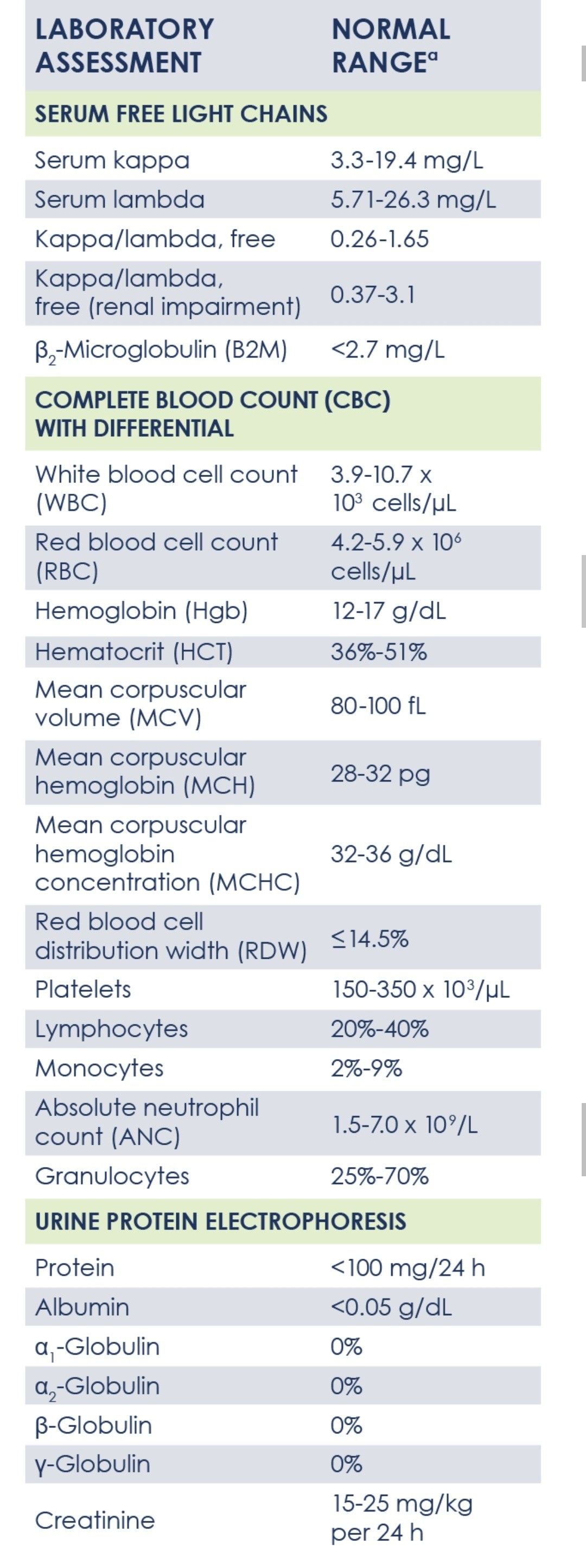 As a result of this process, atherosclerotic deposits in the vessel wall are often destroyed, leading to thrombosis. A high level of myeloperoxidase, in combination with other risk factors (CRP, LDL, high blood pressure, overweight) is an accurate indicator of an increased risk of heart attack, myocardial infarction, sudden death, stroke, or peripheral vascular disease, including in apparently healthy people .
As a result of this process, atherosclerotic deposits in the vessel wall are often destroyed, leading to thrombosis. A high level of myeloperoxidase, in combination with other risk factors (CRP, LDL, high blood pressure, overweight) is an accurate indicator of an increased risk of heart attack, myocardial infarction, sudden death, stroke, or peripheral vascular disease, including in apparently healthy people .
Normal value:
Less than 400 µm.
Test preparation:
This test can be performed at any time of the day and does not require fasting.
N – terminal pro-brain natriuretic peptide (N-proBNP, NT- proBNT) – a peptide that is produced in the atria and ventricles of the heart in response to increased cardiomyocyte extensibility and increased pressure in the chambers of the heart. Measuring concentration NT-proBNP, can be judged on the amount of synthesized brain natriuretic peptide. The level of NT-proBNT is closely correlated with the left ventricular ejection fraction and systolic pressure in the pulmonary artery. An increase in the level of NT-proBNP indicates a high probability of heart failure and the appropriateness of an appropriate examination to confirm the diagnosis.
The level of NT-proBNT is closely correlated with the left ventricular ejection fraction and systolic pressure in the pulmonary artery. An increase in the level of NT-proBNP indicates a high probability of heart failure and the appropriateness of an appropriate examination to confirm the diagnosis.
Normal value:
Less than 125 pg/ml.
Test preparation:
This test can be taken at any time during the day, fasting is not required.
Level of lipoprotein-associated phospholipase (LP-PLA2, PLAC).
High levels of lipoprotein-associated secretory phospholipase a2 (LP-PLA2) indicate an increased risk of cardiovascular disease. However, in some cases, the cause of the elevated level may not be an arterial cause.
Normal value:
Less than 200 ng / ml – relatively low risk of developing cardiovascular diseases;
Between 200-235 ng / ml – the average risk of developing cardiovascular diseases;
More than 235 ng / ml – a high risk of developing cardiovascular diseases.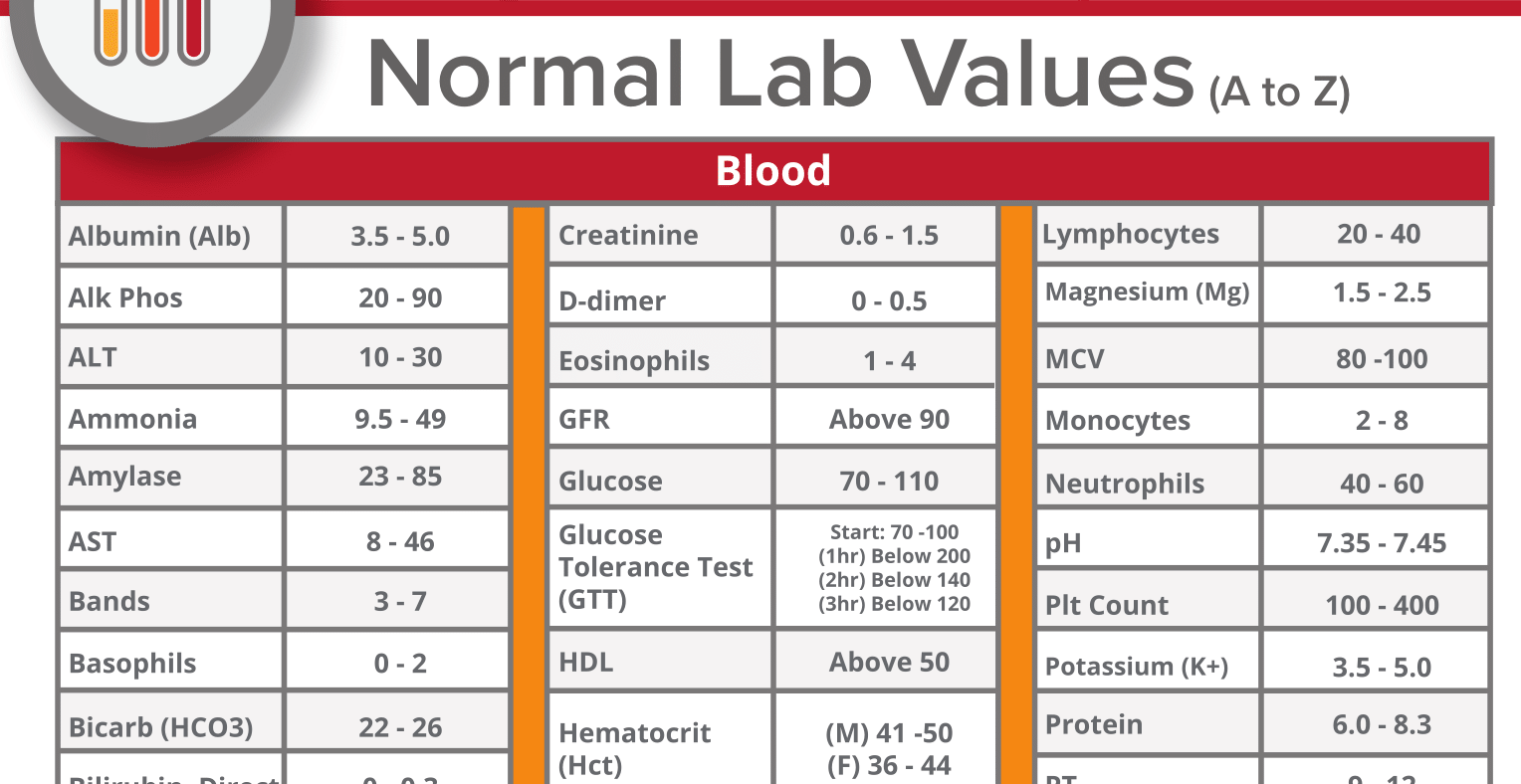


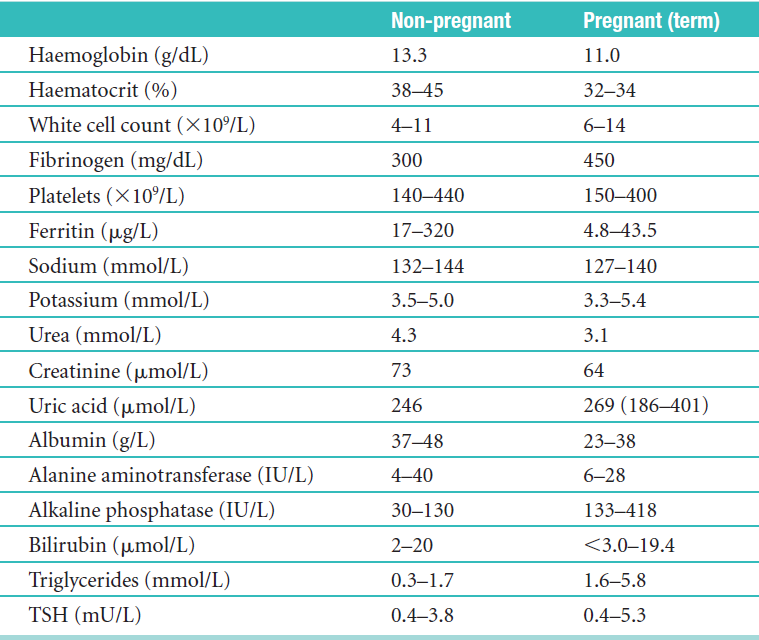 Simply attach an image or a file of your lab test results, and one of our qualified data entry team members will add the results for you. We support all sorts of files, whether PDFs, JPGs, or Excel. This service is excellent whether you have a lot of reports to upload or are too busy to do the data entry yourself.
Simply attach an image or a file of your lab test results, and one of our qualified data entry team members will add the results for you. We support all sorts of files, whether PDFs, JPGs, or Excel. This service is excellent whether you have a lot of reports to upload or are too busy to do the data entry yourself. Simply attach an image or a file of your lab test results, and one of our qualified data entry team members will add the results for you. We support all sorts of files, whether PDFs, JPGs, or Excel. This service is excellent whether you have a lot of reports to upload or are too busy to do the data entry yourself.
Simply attach an image or a file of your lab test results, and one of our qualified data entry team members will add the results for you. We support all sorts of files, whether PDFs, JPGs, or Excel. This service is excellent whether you have a lot of reports to upload or are too busy to do the data entry yourself. It’s not hard to do
It’s not hard to do
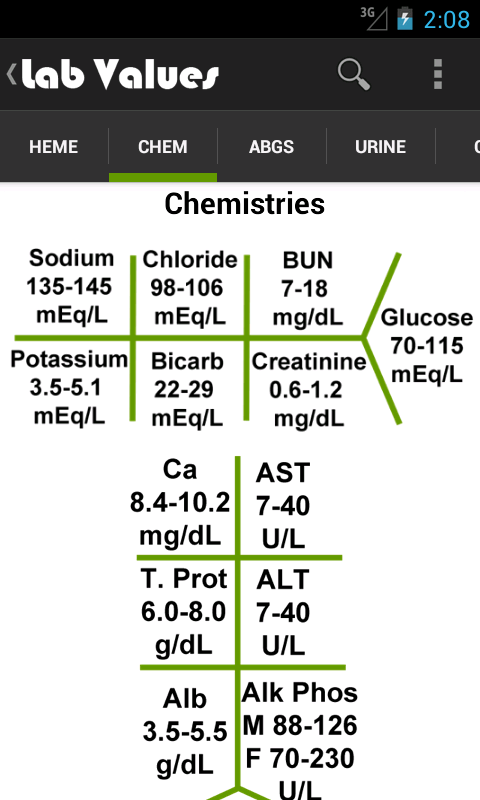
 38-6.9mmol/l refer
38-6.9mmol/l refer

 For example, normally
For example, normally